Forests provide vital air balancing systems for the planet. But they are also home to a wealth of animals that live in trees.
With an estimated 25,000 creatures believed to inhabit a single tree in some way or another. Trees over the millennia have developed defense mechanisms and coping skills that in the majority of cases enable them to attract, repel, withstand or repair the damage inflicted by many species.
Obviously, we can’t name all the species here, so we’ve chosen a representative selection of 15 animals that live in trees.
Here’s the list:
- Orangutan
- Fruit Bat
- Brush-tailed Possum
- Pileated Woodpecker
- Green Iguana
- Flying Dragon
- Bark Beetle
- Birch Leaf Miner
- Tree-kangaroo
- Spider Mite
- Giant Panda
- Italian tree frog
- Gibbon
- Silky Anteater
- Koala
So, let’s start by answering what many of the animals that live in trees are referred to as.
What are animals that live in trees called?
Creatures that inhabit trees and the earth’s green canopies include insects, arachnids, reptiles, amphibians, mammals, and birds.
They are generally called “Arboreal” animals. And in many cases, they’ve developed unique adaptations to make life easier for them in this environment.
Adaptations include:
- Elongated limbs
- Long (prehensile) tails
- Adept movement between trees and branches
- Branch and trunk gripping strength
- Long curved and sharp claws
- The ability to use trees as a resource
Animals that live in trees benefit from their environment
Trees, whether it’s a savannah, woodland, or rainforest, meet some basic needs for many species. These include:
- A source of food
- Protection from predators and threats
- Shelter from extreme weather
- A place to sleep, and/or hibernate
- A place to mate, lay eggs, and raise young
Moreover, arboreal animals are not just limited to apes, who might seem the obvious animal that comes to mind. There’s also an abundance of tree-dwelling insects, amphibians, and reptiles that live, breed, and feed on or within elements of trees.
Geographically speaking, arboreal animals are predominantly abundant in tropical rainforests but exist in all forest and woodland ecosystems worldwide. Variations include insects, arachnids, amphibians, reptiles, birds, and mammals.
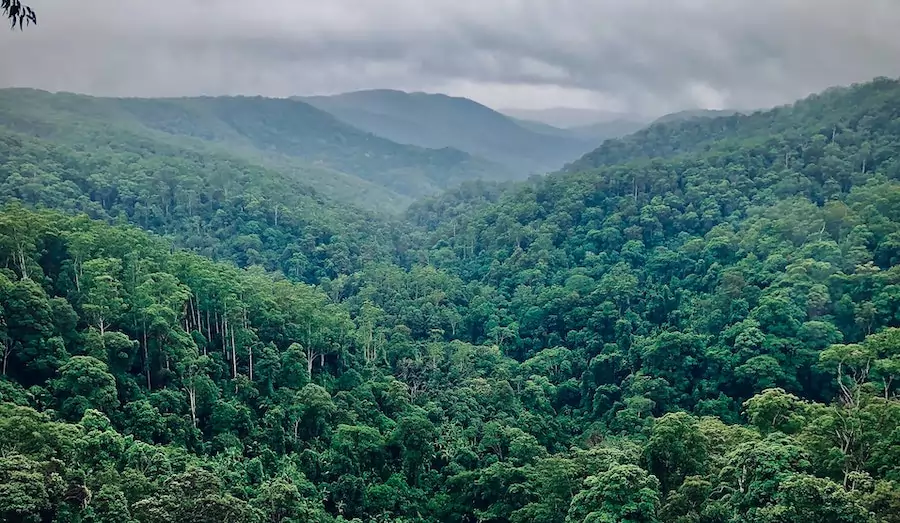
15 Animals that live in trees
Listed below, in no particular order, is our selection of animals that live in trees…
1. Orangutan
With reddish-brown fur covering its body and a life span of 30 years, this is the world’s largest arboreal mammal and spend the majority of their time in trees.
Additionally, they’re the only Pongidae sub-family that have managed to survive.
While the most essential part of an orangutan’s diet are fruits they find in trees, they will, however, also, eat foliage, honey, insects, and bird eggs when found.

2. Fruit Bat
Also known as “flying foxes”, fruit bats are one of the largest bats that live and roost mostly on the high branches of trees.
They have a pointed nose, large eyes, and short ears that protrude above their head.
They mostly roost in groups together in trees, and these groups can sometimes contain many thousands. Some fruit bat larger roosting camps are estimated to contain around 20,000 bats.

3. Brush-tailed Possum
The most common tree partners are native to Australia and naturalized in New Zealand.
Brush-tailed possums are normally silver-gray in color with a black stripe across the snout.
In fact, brush-tailed possums are mostly found in the forests and woodlands along the east coast of Australia, and also prefer to establish their habitats in areas near tree-lined rivers and creeks.
Additionally, Possums prefer to live in tree hollows. However, unfortunately, many other animals, birds, and insects also want to live in tree hollows.
Apart from that as more mature trees are cut down, the availability of natural habitats for possums is being depleted.
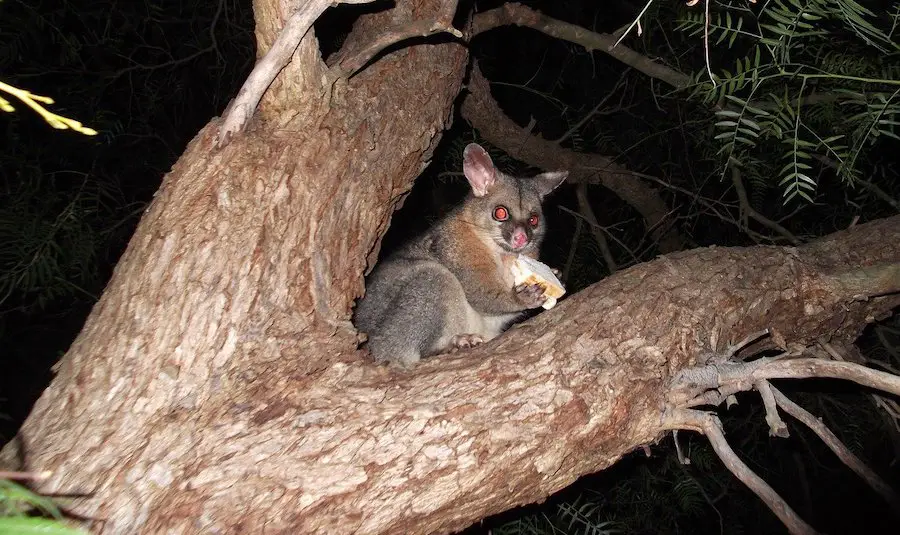
Also, check here to see if possums are dangerous.
4. Pileated woodpecker
The largest tree-dwelling birds, measuring about 15 inches in length and about the size of a crow.
They’re mostly found in the North American deciduous forests and are also the largest woodpecker found in North America.
Pileated woodpeckers use their bills like a chisel to chip wood away to make their homes in trunks of trees. and claim their territory by drumming on trees with their bill.
Moreover, these tree-dwellers are unique and are rarely confused with any other types of woodpeckers.
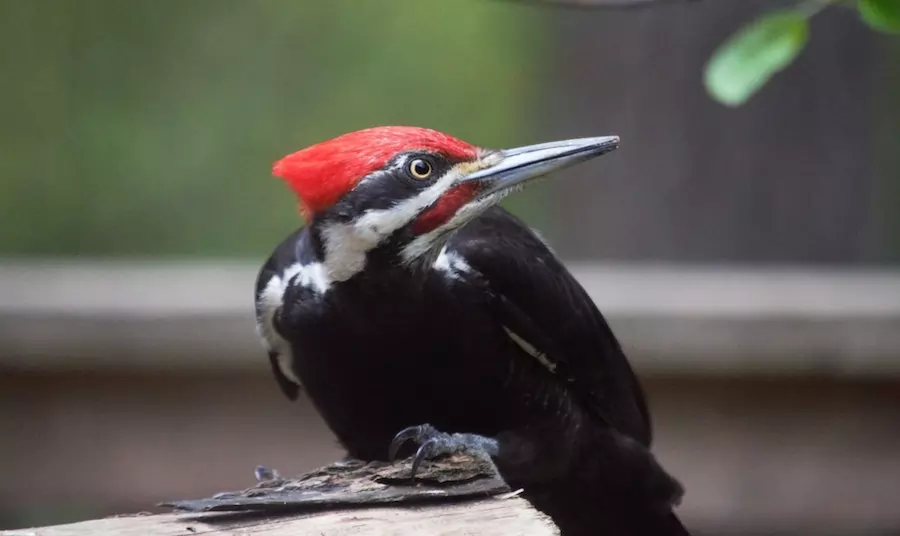
5. Green Iguana
This is a huge lizard that’s likely the largest of the iguana family’s species. They have a scaly skin, a stocky trunk, and a long thin tail with a life span of 12-15 years.
As primary herbivores, they spend the majority of their time in a canopy and are mostly found in northern Mexico, Central America, Southern Brazil, and the Caribbean Islands.
They descend from tree canopies infrequently only to mate, lay eggs, or change trees.
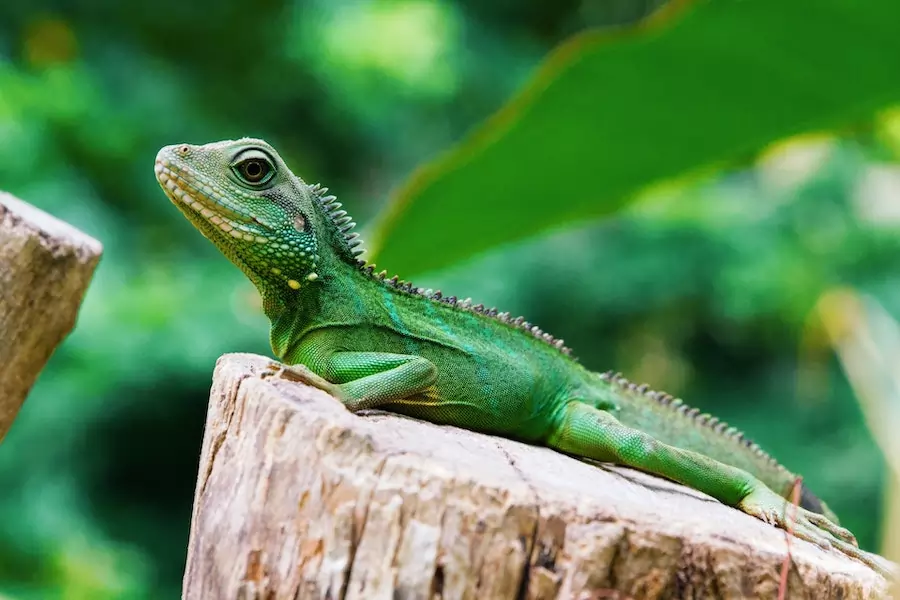
6. Flying Dragon
Also referred to as Dacros, these animals are serious tree-dwellers. They rarely leave the trees and the only time they descend to the floor is to lay eggs.
This also means that males when they hatch from the eggs, climb up trees and almost never come back down.
Uniquely, their tree-dwelling characteristics make them primarily inhabit forest habitats. Tropical forests are their common ecosystem.

7. Bark Beetle
These animals are often found in trees that are near to dying. However, ironically, they also aid in the nutrient cycle, which allows trees to thrive. They provide a steady source of nutrition for many animals too.
The adults infest trees by chewing through the outer bark – leaving small round holes in the bark also known as pitch tubes, that can result in oozing pine resin.
Furthermore, they will also create tunnels or networks of cavities under tree bark to mate and lay eggs.
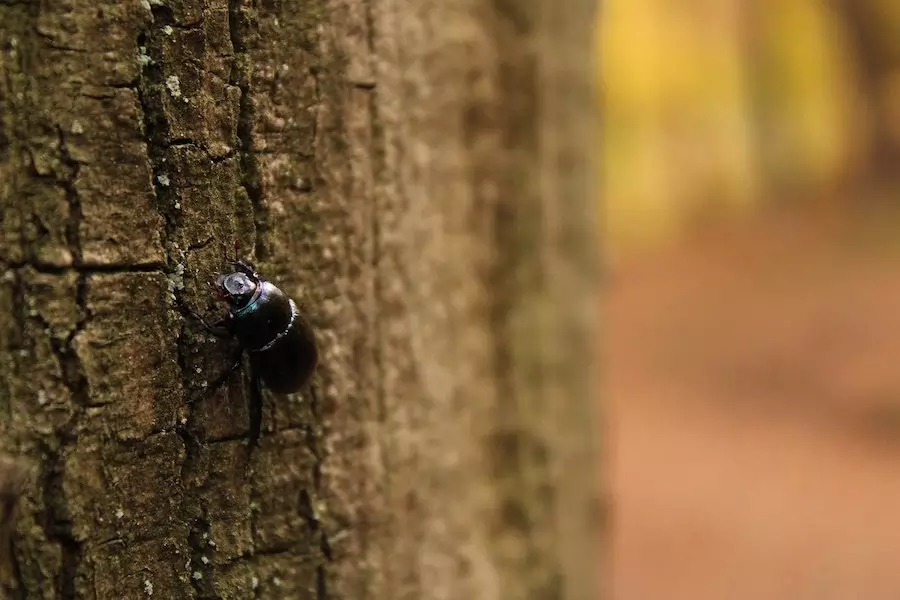
8. Birch Leaf Miner
As its namesake suggests, the birch leaf miner is commonly associated with the birch tree and is a European native tree dweller that has since been exported to other continents.
Interestingly, their larvae dwell inside the leaves of the trees. They feed on the soft, inner plant tissue that is found between the upper and lower sides of each leaf.
In most cases, even chemical sprays are largely ineffective in getting rid of them, as the leaf surface affords them some protection.
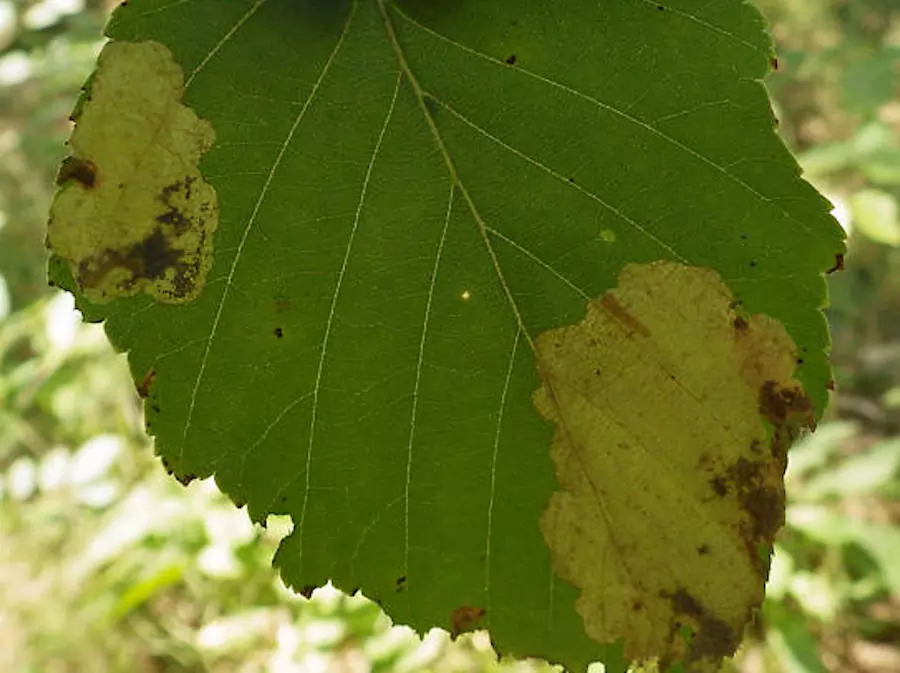
9. Tree Kangaroo
There are about 14 species of tree kangaroos that are found inhabiting Australia and New Guinea. They are funny by nature and spend most of their lives in trees.
Unfortunately, they are becoming increasingly threatened by illegal logging carried out to make space for agriculture and plantations.
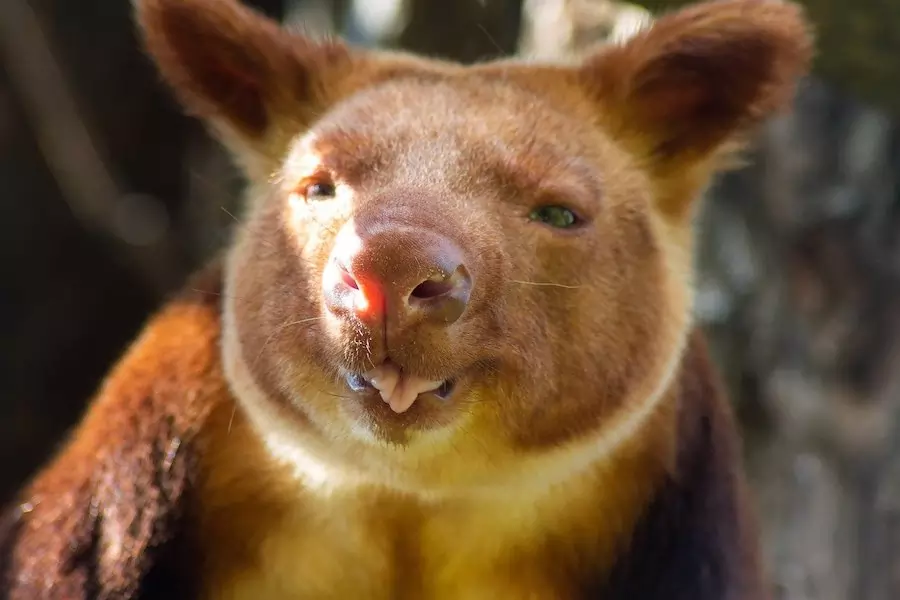
10. Spider Mite
Although not necessarily a type of insect, the effect that spider mites have on trees while living on them tends to emerge as small yellow or brown dots on the leaves.
Within about three weeks, an adult spider mite can lay up to 100 eggs on the underside of tree leaves. The last clutch of eggs overwinters on the trees and waits until warm weather returns to hatch.
The mites feed by sucking the chlorophyll out of the leaves which gives the leaves their color, causing little white dots called stipples.
When the mites are present in large numbers, this results in the leaves turning yellow or bronze and will ultimately drop off.

11. Giant panda
Undoubtedly the list of trees dwelling animals is incomplete without the great giant panda. They live mainly in the bamboo forests high in the mountains of Western China.
Pandas play a crucial role in spreading bamboo forests as they help a lot in dispersing seeds and facilitating the growth of vegetation.
As they spend most of their time eating they only sleep for 2-4 hours at a time. They mostly sleep cozying up next to a tree or balancing on a branch.

Giant pandas also feature in our list of the world’s cutest wild animals.
12. Italian Tree Frog
Easily identifiable using its bright green color and a dark line contrasting the body texture, this is an animal native to Italy and has perfectly adapted to arboreal life in that region.
They are featured with sticky fingertips that allow them to easily climb trees and their colors allow good camouflaging on leafy branches.
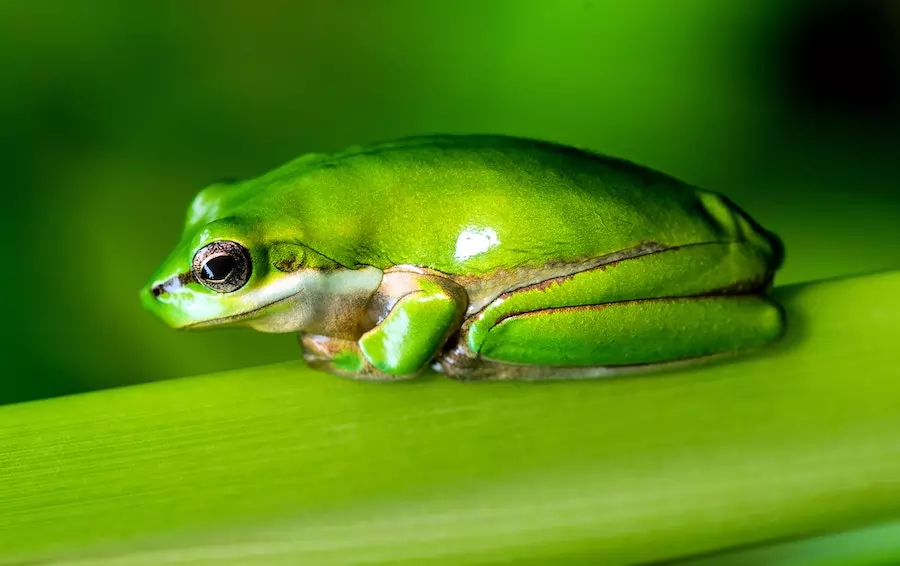
13. Gibbon
Renowned as one of the most agile of all tree-dwelling non-flying mammals.
Their long arms and reduced thumbs allow them to cup branches perfectly, and their athletic bodies are perfectly adapted to live in trees.
Additionally, they also have a unique way of moving which is referred to as “brachiation”.
Gibbons are not monkeys. They are apes and are more closely related to the great apes, such as chimpanzees, gorillas, orangutans …and humans.

14. Silky Anteater
These animals spend nearly their entire lives in trees.
Found in Central and South America, they mostly dwell in ceiba (silk-cotton) trees, which is also a reason why their coats are silken and beautiful.
They are very different from terrestrial anteaters and have a very long prehensile tail that helps them navigate life in the trees.
Although they may look like they have intimidating claws, they are rarely harmful and use their claws only for climbing trees and self-defense.
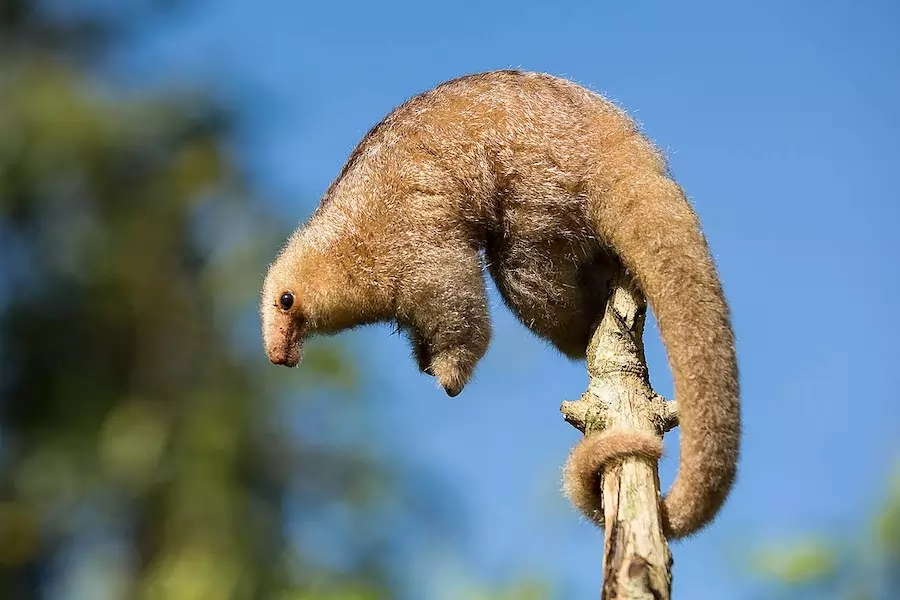
15. Koala
Finally, we had to add the Koala, another animal that features in our list of cutest wild animals.
Koalas are arboreal mammals (tree-dwellers). They do however climb down to the ground to move between trees. But will spend most of their time eating and sleeping among the branches.
Koalas are very choosy with their diet. They will, however, occasionally move on to other Australian native trees. They rely largely on the moisture provided by eucalyptus leaves to fulfill their hydration needs.

Discover more animals that live in trees!
We hope you like our list. There are many others we can add here. There are literally thousands of animals and creatures that inhabit trees within all the biomes and habitats.
Every tree you encounter will be teaming with wildlife, much of which you may not be aware of. So perhaps take a closer look next time you’re out in nature – you never know what you might see.
Check out our list of animals that live underground. Or, our list of animals that live in deserts.
